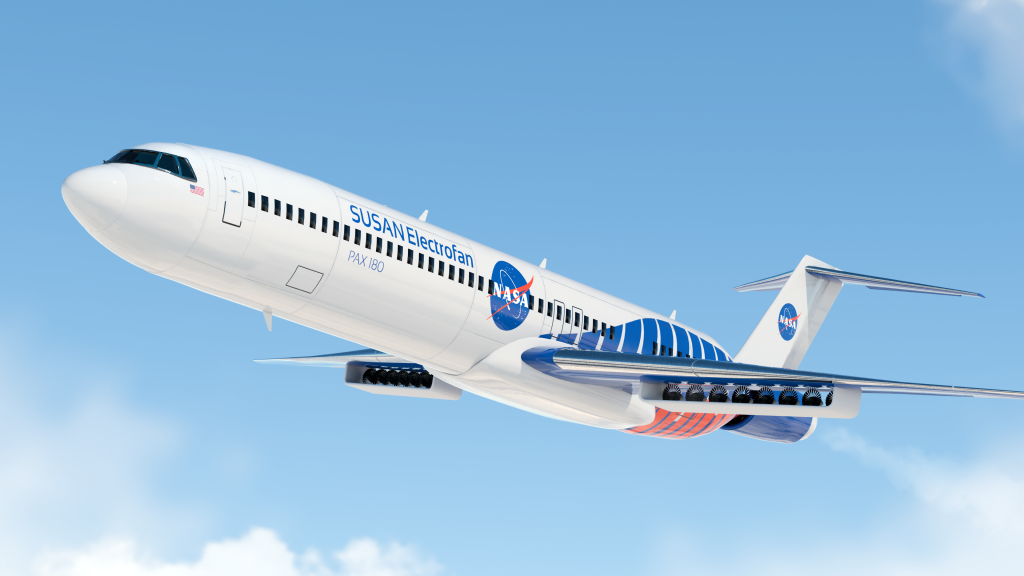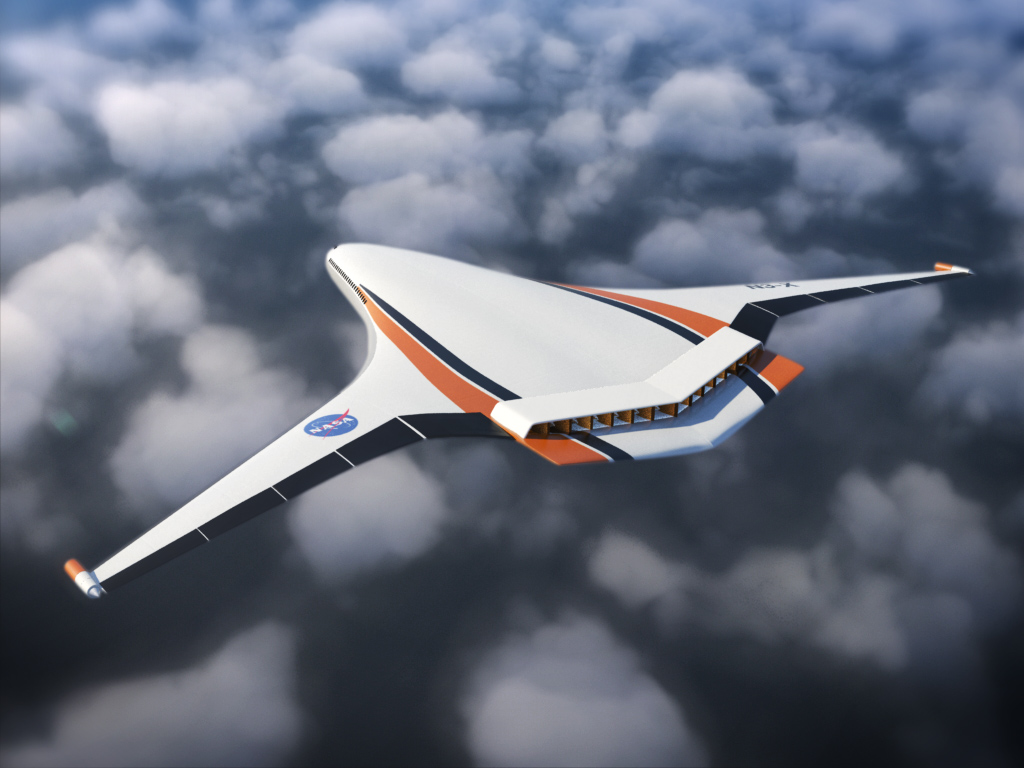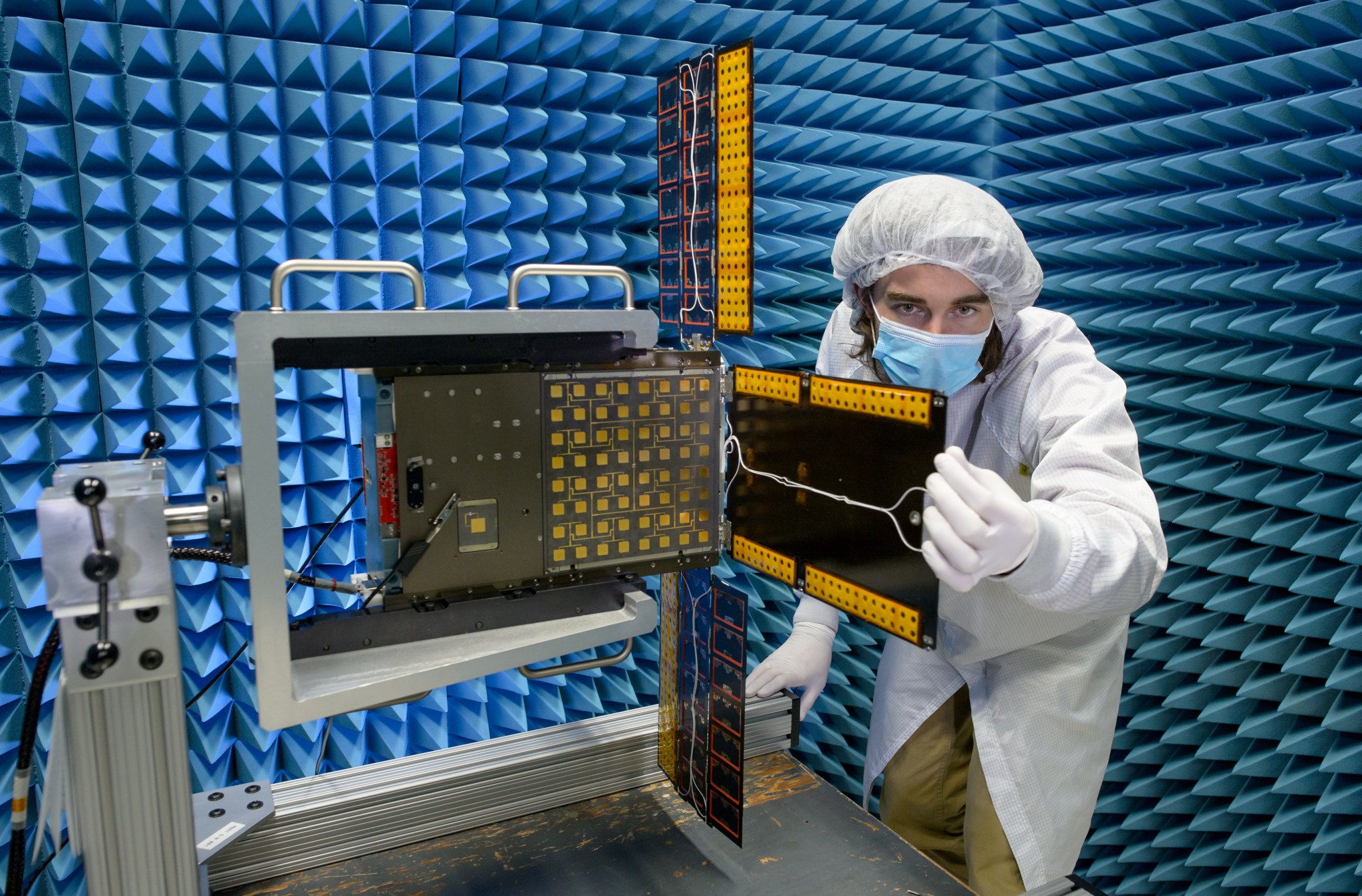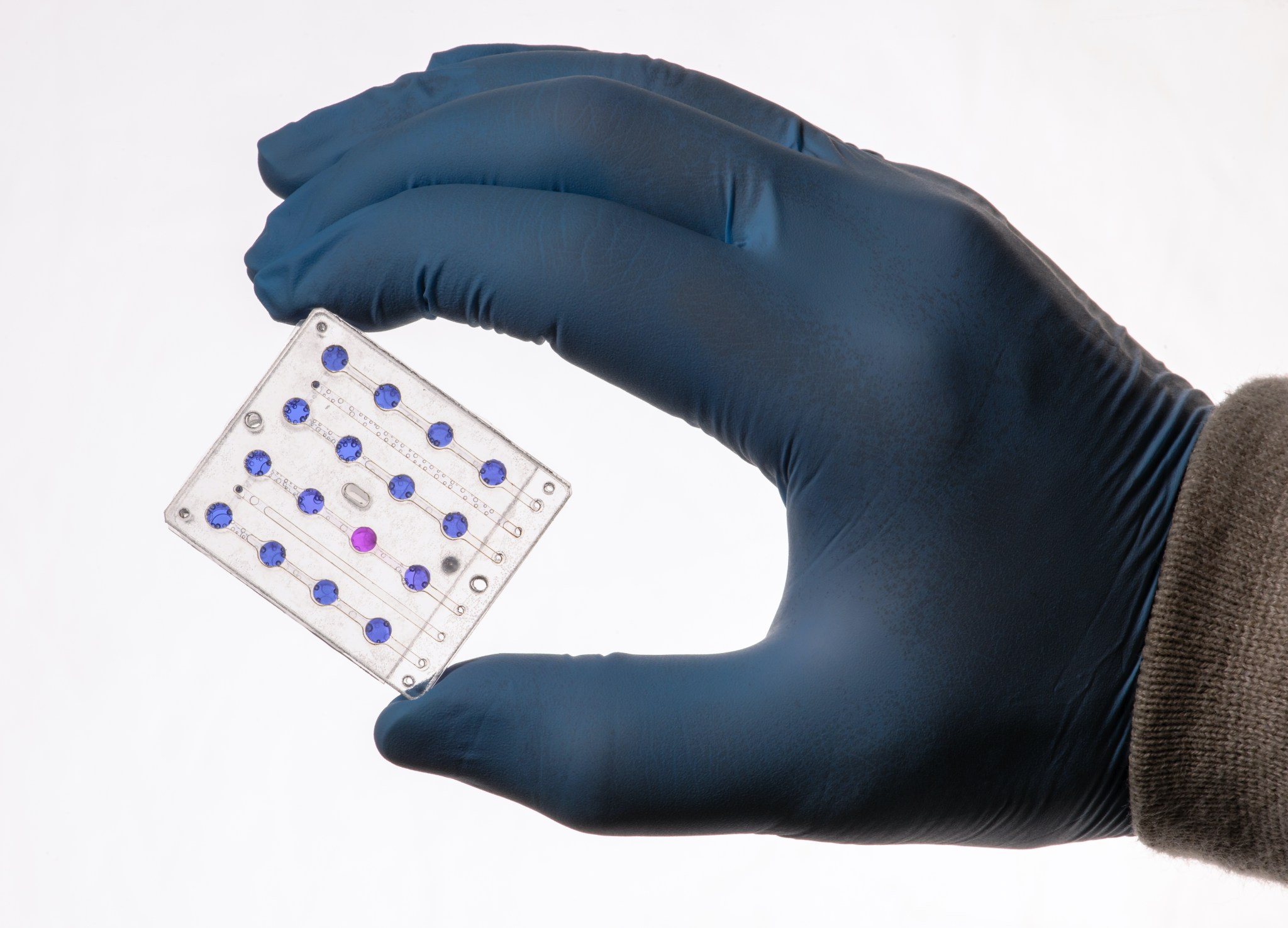BioSentinel gets a step closer to flight. Having completed assembly and a battery of tests, the BioSentinel team at NASA’s Ames Research Center in California’s Silicon Valley is in the final stretch of preparations to ship the spacecraft to NASA’s Kennedy Space Center in Florida for launch. BioSentinel’s deep space flight will go past the Moon and into an orbit around the Sun. It’s one of 10 CubeSats that will launch aboard Artemis I, the first flight of the Artemis program’s Space Launch System. Here, inside an anechoic chamber at Ames, quality assurance engineer Austin Bowie inspects BioSentinel’s solar array after completion of a test to determine the effects of electromagnetic spacecraft emissions on spacecraft systems.
BioSentinel will perform the first long-duration biology experiment in deep space. Its six-month science investigation will study the effects of deep space radiation on a living organism, yeast. Pictured is one of BioSentinel’s microfluidic cards that will be used to measure the impact of radiation on yeast cells housed in tiny compartments. The microfluidic system includes a dye that provides a readout of yeast cell activity with a color change from blue to pink.
BioSentinel scientist Lauren Liddell uses a microscope to count yeast cells to ensure the correct number of cells are loaded into BioSentinel’s microfluidic hardware. Because human cells and yeast cells have many similar biological mechanisms, including for DNA damage and repair, BioSentinel’s experiments can help us better understand the radiation risks for long-duration deep space human exploration.
BioSentinel will test new technology with the BioSensor payload, a kind of “living radiation detector.” At the heart of the BioSensor are the microfluidic cards that house yeast cells. As the cells get activated in space, they will sense and respond to the damage caused by space radiation. Here, a BioSentinel team member works on assembling a BioSensor payload, connecting thermal and optical units to a microfluidic card. During BioSentinel’s experiments, these components will warm the cards – and the yeast cells they house – and measure growth and activity in response to space radiation damage.
BioSentinel mechanical and structures lead Abraham Rademacher, left, integration and test lead Vaslie Manolescu, center, and electrical engineer James Milsk perform a solar array deployment and gimbal motion test on the spacecraft in a clean room at Ames. The test ensures that the spacecraft’s solar arrays will operate correctly in flight. BioSentinel’s mission builds on Ames’ history, combining the center’s strengths in space biology and CubeSat technology. Following 15 years of Ames’ experience in developing and flying CubeSats that carried and studied living microbes in low-Earth orbit, BioSentinel will be the first CubeSat to run a biology experiment in deep space.
Integration and test engineer Dan Rowan works on internal components of BioSentinel’s CubeSat in a clean room at Ames. These “spacecraft guts” include a radio, batteries, other spacecraft subsystems, and BioSentinel’s two instruments – the BioSensor payload and a radiation detection instrument. The latter measures and characterizes the radiation environment; its results will be compared to the BioSensor payload’s biological response.
Author: Gianine Figliozzi, NASA’s Ames Research Center
For news media:
Members of the news media interested in covering this topic should reach out to the NASA Ames newsroom.
































